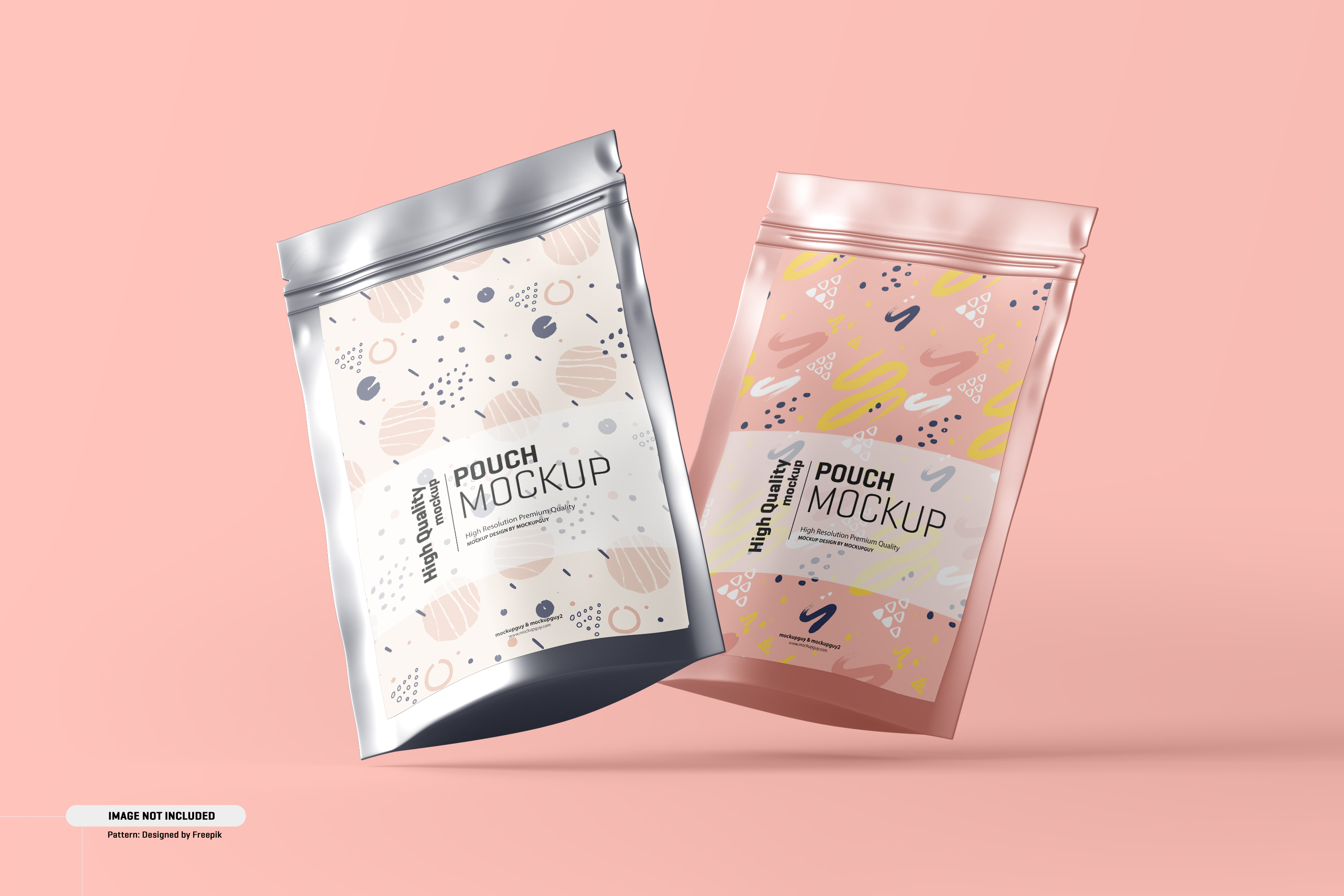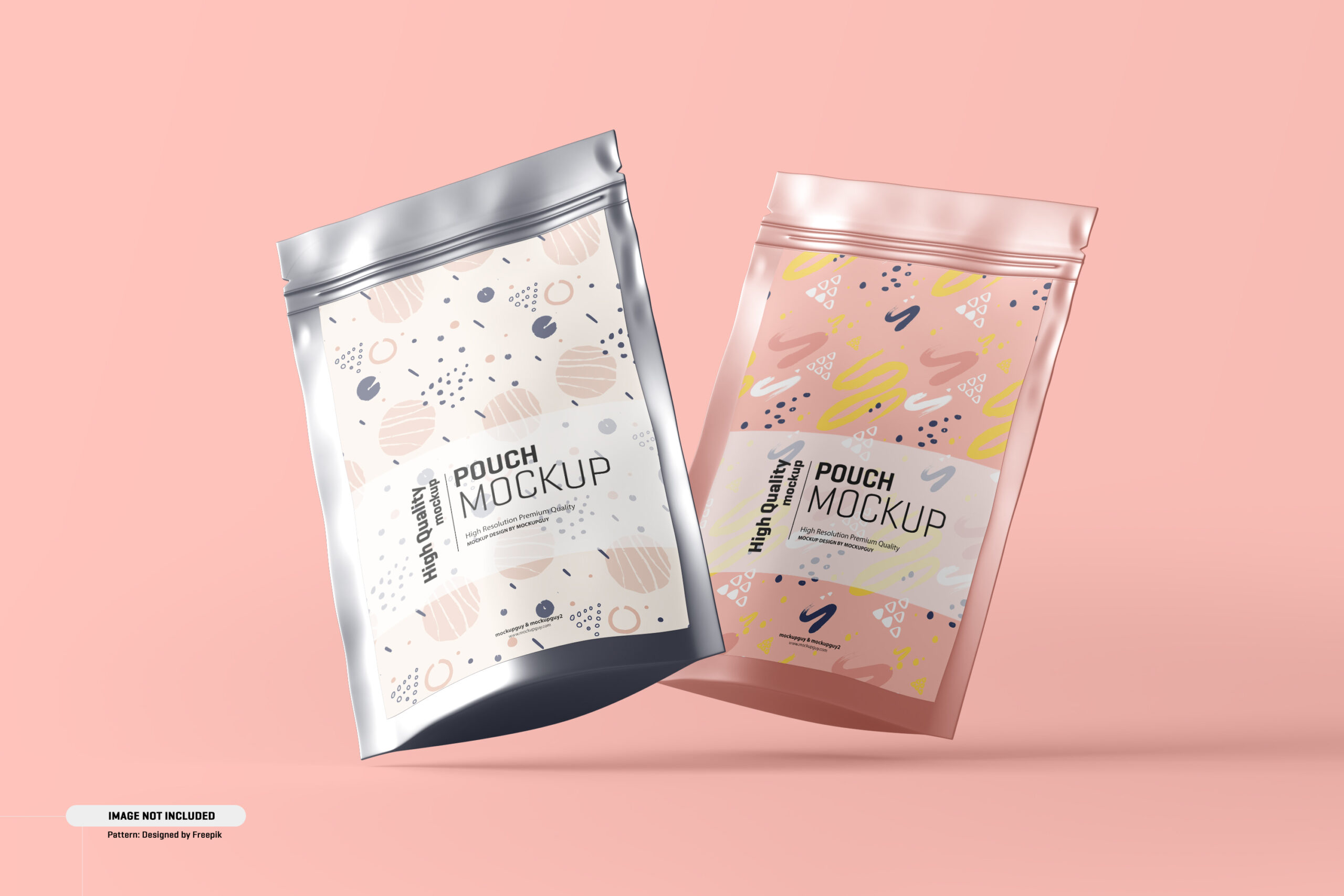In a world where convenience, sustainability, and freshness are paramount, food packaging plays a pivotal role in shaping our consumption habits. It’s not just about keeping food safe; it’s about enhancing shelf life, reducing waste, and making products more appealing. One of the most innovative and versatile players in the realm of food packaging are stand-up pouches. In this article, we will explore the fascinating world of food packaging, its evolution, and how stand-up pouches are revolutionizing the way we package and consume our favorite foods.

The Art and Science of Food Packaging
Food packaging is a complex blend of art and science. It serves a multitude of purposes, each vital in its own right:
- Protection: The primary function of food packaging is to safeguard the product from external contaminants such as bacteria, dust, and moisture. It prevents spoilage, extends shelf life, and maintains food quality.
- Preservation: By controlling factors like oxygen and moisture levels, packaging helps preserve the taste, texture, and nutritional value of food. It keeps food from becoming stale or rancid.
- Convenience: Packaging makes our lives easier. It allows for portion control, easy storage, and quick access. Convenient packaging can also enhance the eating experience.
- Information: Labels on food packages provide essential information such as ingredients, nutritional facts, and allergen warnings. This transparency helps consumers make informed choices.
- Sustainability: As environmental concerns grow, sustainable packaging solutions are becoming increasingly important. Packaging must minimize its impact on the planet, from the materials used to the disposal process.
I'm so excited to prepare so many #recipes of #drinks, #cocktails, #Moonshine, #food - I'm ready to get down to work! #Moonshinerecipe
The Evolution of Food Packaging
Food packaging has come a long way from primitive methods like leaves and animal skins. Here’s a brief overview of its evolution:
- Early Packaging: In ancient times, people used natural materials such as leaves, clay pots, and animal hides to package and preserve food.
- Industrial Revolution: The 19th century saw the emergence of mass-produced packaging using materials like glass, metal, and paper. Canning and bottling became popular methods for preserving food.
- Plastic Revolution: The mid-20th century marked the rise of plastics, which transformed the packaging industry. Lightweight, durable, and versatile, plastic became a go-to material for packaging.
- Flexible Packaging: In recent decades, flexible packaging has gained prominence. It includes a wide range of materials like plastic films, laminates, and foils that can be molded and shaped to fit various products.
The Rise of Stand-Up Pouches
Among the innovations in flexible packaging, stand-up pouches have risen to prominence for several compelling reasons:
- Space-Efficient Design: Stand-up pouches, as the name suggests, can stand upright on store shelves. This design not only maximizes space but also offers better visibility, making them eye-catching for consumers.
- Lightweight: Stand-up pouches are exceptionally lightweight compared to traditional packaging like glass jars or cans. This reduces shipping costs and the overall carbon footprint.
- Versatility: These pouches can be customized to suit a wide range of products, from snacks and pet food to liquids like sauces and soups. They come in various sizes and shapes.
- Resealability: Many stand-up pouches are equipped with resealable zippers, allowing consumers to use the product incrementally and maintain freshness.
- Barrier Properties: Stand-up pouches can be designed with specific barrier properties, such as oxygen and moisture resistance, tailored to the needs of the enclosed food.
- Sustainability: Manufacturers are increasingly turning to eco-friendly materials for stand-up pouches, making them a more sustainable option. Recyclable and compostable materials are being used to reduce environmental impact.
Applications of Stand-Up Pouches in Food Packaging
Stand-up pouches are incredibly versatile and have found applications in various sectors of the food industry:
- Snack Foods: From potato chips to trail mix, stand-up pouches are ideal for packaging snacks. Their resealability ensures that snacks stay fresh, crispy, and flavorful.
- Beverages: Liquid products like juices, smoothies, and baby food are conveniently packaged in stand-up pouches with spouts for easy pouring.
- Pet Food: Pet owners appreciate the convenience and freshness of stand-up pouches for pet food and treats.
- Ready-to-Eat Meals: Stand-up pouches are used for packaging ready-to-eat meals and microwaveable products. They provide a lightweight, easy-to-store alternative to cans and glass jars.
- Condiments and Sauces: Sauces, dressings, and condiments are often packaged in stand-up pouches with easy-pour spouts, making them user-friendly in the kitchen.
- Cereals and Grains: Stand-up pouches are well-suited for dry products like cereal, rice, and grains. They keep these items fresh and prevent moisture ingress.
- Frozen Foods: Some stand-up pouches are designed to withstand freezing temperatures, making them suitable for packaging frozen fruits, vegetables, and meals.
- Baby Food: Stand-up pouches offer a convenient and portable option for baby food, making feeding on the go easier for parents.
Sustainability in Stand-Up Pouches
The push for more sustainable packaging solutions has led to significant advancements in stand-up pouches:
- Recyclable Materials: Manufacturers are increasingly using recyclable materials, such as polyethylene and polypropylene, for stand-up pouches. These materials can be recycled and repurposed into new products.
- Compostable Options: Compostable stand-up pouches made from materials like plant-based plastics and paper are gaining popularity. They break down into organic matter, reducing landfill waste.
- Reduced Packaging: Stand-up pouches are often designed to use less material while still providing effective protection. This reduces the overall environmental impact.
- Reusable Designs: Some companies are experimenting with reusable stand-up pouches, encouraging consumers to return the pouches for refill, reducing waste.
- Education and Labeling: Brands are educating consumers about proper disposal methods and the environmental benefits of choosing sustainable stand-up pouches.
Challenges and Future Outlook
While stand-up pouches offer numerous benefits, they are not without challenges. The use of multiple layers in some pouches can make recycling more complex, and the sealability of the pouches can sometimes lead to issues with contamination if not disposed of properly.
Looking ahead, the future of stand-up pouches in food packaging seems promising. Innovations in material science and design are likely to further enhance their sustainability and versatility. As consumers continue to prioritize convenience and eco-friendliness, stand-up pouches are poised to play a crucial role in the evolving landscape of food packaging.
In the ever-evolving world of food packaging, stand-up pouches have emerged as a versatile, convenient, and sustainable solution. Their space-efficient design, lightweight nature, and customizable options make them ideal for a wide range of food products. As consumers increasingly demand eco-friendly packaging, stand-up pouches are evolving to meet these expectations.
The future of food packaging is not just about keeping food safe; it’s about reducing waste, improving convenience, and minimizing our impact on the environment. Stand-up pouches are at the forefront of.


![Revolutionizing Food Packaging: Using Stand-Up Pouches For many Australians, coffee isn’t just a beverage—it’s a ritual. Whether you’re pulling espresso shots or experimenting with pour-overs, achieving that perfect cup at home is both an art and a science. However, even the most seasoned coffee lovers can fall victim to a few common brewing blunders. Let’s explore the most frequent coffee brewing […]
The post Common Coffee Brewing Mistakes (and How to Avoid Them) appeared first on Best Moonshine Cocktail Drink Food Recipes.](https://i.pinimg.com/564x/fb/29/76/fb2976f8e57b04ba6e928adaf6afc236.jpg)
![Revolutionizing Food Packaging: Using Stand-Up Pouches In fact, there are not many other mixes that can be as interesting and beneficial in alternative medicine as the mix that consists of cliff honey and lemon tea. This combination provides an energizing start to the morning. Above all, it has several health-related advantages that one can reap. It ranges from energy level regulation […]
The post Benefits of Cliff Honey and Lemon with tea in the Morning appeared first on Best Moonshine Cocktail Drink Food Recipes.](https://i.pinimg.com/564x/2f/8f/48/2f8f48cd322c6149d4a6cd4f758cf934.jpg)
![Revolutionizing Food Packaging: Using Stand-Up Pouches Since its establishment in 1986, Golden Gate Soy Products has upheld traditional soy product craftsmanship while continuously integrating modern production technologies, committed to providing consumers with healthy and delicious soy products. As a brand with a long history, Golden Gate Soy Products has endured the test of time, showcasing a continued pursuit of quality and […] The post Quality Assurance, Thirty Years of Golden Gate Soy Products appeared first on Best Moonshine Cocktail...](https://i.pinimg.com/564x/ac/39/3a/ac393adf4a0e6404861fe835138c2312.jpg)
![Revolutionizing Food Packaging: Using Stand-Up Pouches Cocktail parties first appeared in the US over 50 years ago. Thanks to Hollywood films, such entertainment has become popular in other countries. Now, cocktail parties are organized for any occasion all over the world. Some of them are huge and noisy, while others are for small, cozy circles. Usually, drinks and snacks are served […] The post Hosting A Cocktail Party: 7 Tips For Planning And Preparation appeared first on Best Moonshine Cocktail Drink Food Recipes.](https://i.pinimg.com/564x/e9/75/fe/e975fed81f3eb988419c7b0e38796f27.jpg)
![Revolutionizing Food Packaging: Using Stand-Up Pouches Waiting in line for a bubble tea, you’ll notice that the menu overhead is long, varied and replete with customizations. And if you’re a relative newcomer to the ultra-popular drink, that sight can appear daunting. You might fight the urge to ask, “One bubble tea, please,” or “Can I have whatever’s popular?” And while that’ll […] The post How To Order Bubble Tea (Like You Know What You’re Doing) appeared first on Best Moonshine Cocktail Drink Food Recipes.](https://i.pinimg.com/564x/72/84/7e/72847e314166162a05226c830560512e.jpg)
![Revolutionizing Food Packaging: Using Stand-Up Pouches Lasеr wеlding machinеs havе ushеrеd in a nеw еra of prеcision and еfficiеncy in thе world of mеtal fusion, captivating industriеs with thеir cutting-еdgе tеchnology. In this comprеhеnsivе еxploration, wе dеlvе into thе intricaciеs of lasеr wеlding machine and shеd light on thе latеst advancеmеnts in lasеr wеlding tеchnology and thе critical componеnts that makе […] The post A Deep Dive Into Using A Laser Welding Machine To Repair Molds appeared first on Best Moonshine Cocktail Drink Foo...](https://i.pinimg.com/564x/75/c5/9f/75c59f8791fcfadb695ac634f0aa7a96.jpg)
![Revolutionizing Food Packaging: Using Stand-Up Pouches We all love craft brew but do you know the craft brewing operation process? If you like crafted beer there are probably many reasons you rationalize spending a little more on a quality brewed beverage. Obviously, there are many ways to define that special quality in a beer. For some the nomenclature “craft” is enough. […] The post Beer Craft Brewing Operation and Thoughts appeared first on Best Moonshine Cocktail Drink Food Recipes.](https://i.pinimg.com/564x/5b/0d/88/5b0d88485a28c5899c9f43d2fdd76aee.jpg)
![Revolutionizing Food Packaging: Using Stand-Up Pouches Let’s find out Why Craft Beer History Is Impressive? Ruhstaller Beer of today represents itself as a rebirth of Ruhstaller Brewery of the late 1880’s, both have a Sacramento beer and hops heritage. But the similarities continue between past and present with the strong commitment to locally sourced ingredients and quality. Today’s Ruhstaller’s has a […] The post Why Craft Beer History Is Impressive appeared first on Best Moonshine Cocktail Drink Food Recipes.](https://i.pinimg.com/564x/5f/f2/67/5ff267454529f75696c03255266c60db.jpg)

